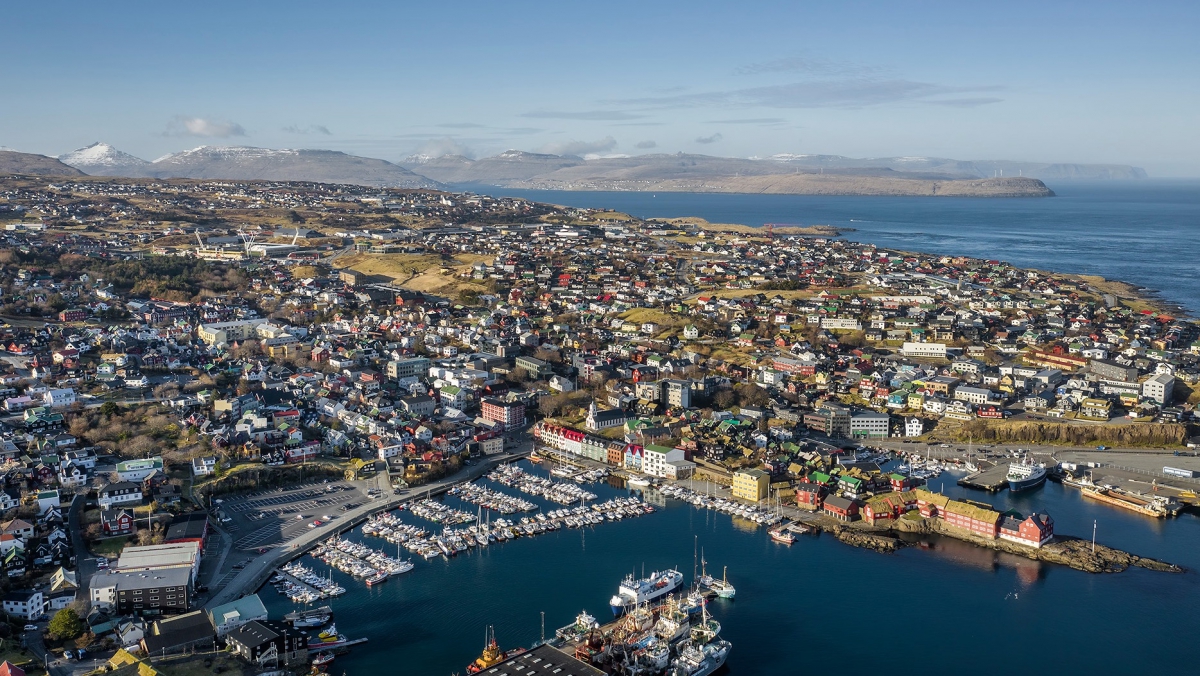Fólkatal í Suðuroyar øki
14. apr 2020
Population reaches 52,337

There has been a steady population growth in the past six years, with approx. 70 new citizens added to the total every month. And there are no signs of this trend abating.
Net migration – the difference between immigration and emigration – now adds over 45 people to the monthly population figure. The four variables affecting the growth of the population are immigration, emigration and the number of births and deaths. The trend in the graph shows a drop in emigration in the second half of 2011, but since 2015 the figure has remained steady at 95-100 people per month. Immigration has seen a steady rise since 2011, from just over 100 to 145 people per month.
The excess of births adds about 25 people to the population per month. The trend shows that the number of births has remained steady at around 50 per month for the past many years. But this number has exceeded 55 in the past two years, which adds up to about 670 births per year. The number of deaths has remained steady for many years, at 30-35 per month.
Geographically, all regions saw population growth, but there are large differences between them. In numbers, the biggest growth (409) was in the capital region and in Eysturoy (229).
The biggest monthly population growth over the past six years has been in Eysturoy, followed by the capital region and Vágar.
The capital region, Eysturoy and Vágar saw the biggest population growth relative to each region.
Two variables determine population growth: excess of births over deaths and net migration. The graph below shows that net migration is the key factor in the population growth in most regions.
Grouped into municipalities, the figures show by far the greatest increase in Runavík (2.5%) and Tórshavn (1.9%) municipalities.
All in all, 23 municipalities saw an increase in the population, 1 saw no change and 5 had a reduced population.
All the larger islands saw an increase in their population, especially Streymoy, Eysturoy and Vágar. Of the smaller islands, Svínoy, Kunoy and Nólsoy had a large proportional growth. Hestoy and Viðoy are the only islands that had a dwindling population in the last 12 months. Skúvoy and Stóri Dímun had no change.
Figures have a one-month lag
The figures have a one-month lag due to delays in registrations, especially regarding address changes, where many registrations are made after the month of address change has ended. To accommodate as many corrections as possible, there is a one-month lag in the data.
About the population figures
The population is defined as all individuals registered in the national register as residents of the Faroe Islands. Population data includes date of birth, gender, place of birth, citizenship, relationship status, and, where applicable, information on immigration and emigration, domestically as well as between the Faroe Islands and other nations.
About the trend
The trend describes the population trend by adjusting for seasonal effects and other error components in the population figure.